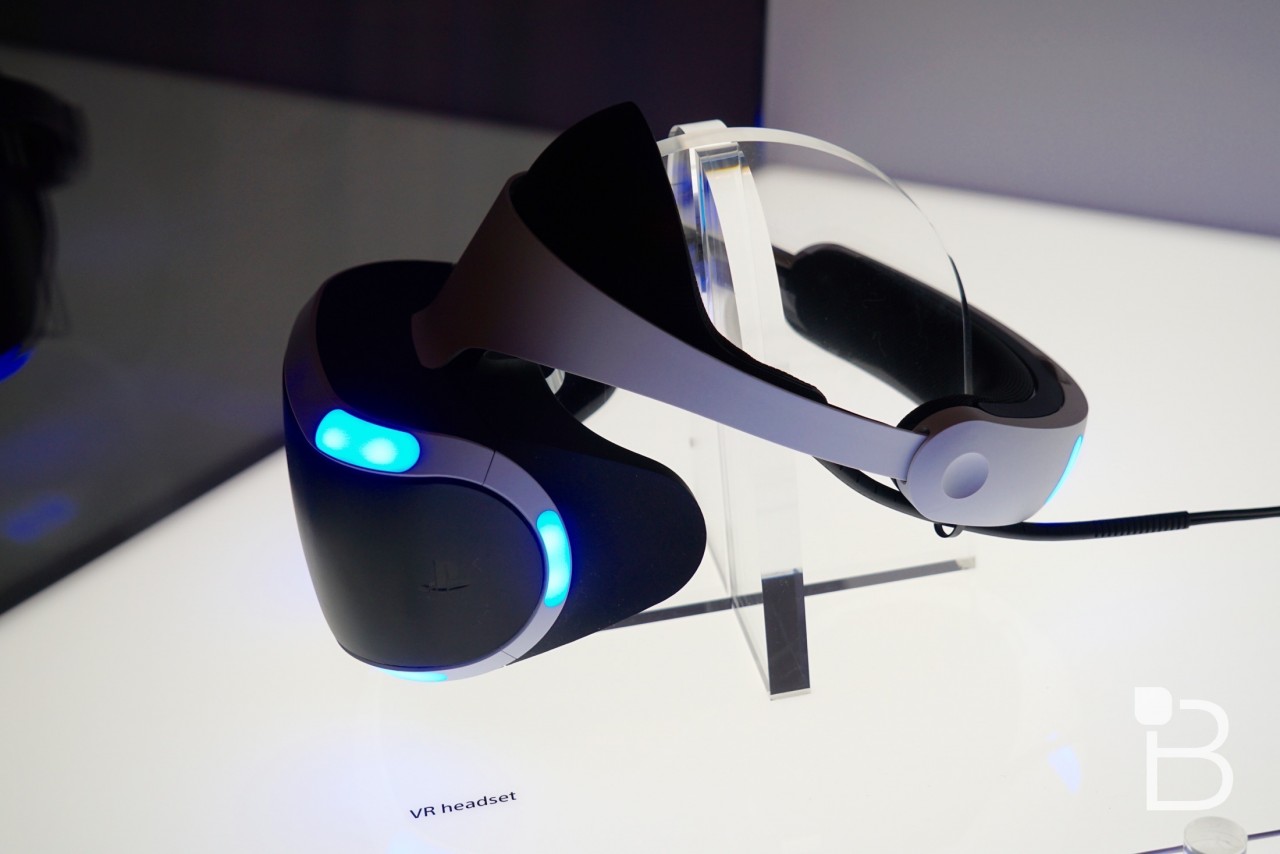I’ve been spending a bit of time in LA recently, and you can’t turn around without someone gushing about how VR is going to save the entertainment industry. Out at SXSW this year it was all anyone could talk about. And up here in Silicon Valley/San Francisco where I live, the technology companies behind VR churn out pronouncement after pronouncement touting their silicon and software breakthroughs.
But what’s really going on? I’ve been testing and analyzing products since 1991 at PC Week, PC Magazine and TechTV, while more recently I’ve talked to lots of early-stage VR companies with my work at venture firm Social Starts. It’s a complex and quickly shifting landscape. To that end here are 7 things to keep in mind as you think about where VR is today – and where it’s going:
- It’s Not Going to be Smooth Sailing: Virtual Reality has been through the hype-curve before, and it’s now climbing to the top of the charts again. And just like before, there will be a slide into the trough of despair. Why? First, the expectations for virtual reality’s acceptance by consumers will be far than expected. Sure millions have played around with cardboard and other rudimentary viewers, but none of them are good enough for more than an occasional, short session. The new devices from HTC, Oculus and Sony are certainly a step up, but still lack the effective full resolution of the screens we’re used to consuming content on today. For now, most will see VR as a curiosity, not a crucial purchase.
- Headset Issues: Today’s headsets are clunky, heavy and uncomfortable to wear for a long time. Plus, they’re super expensive. But the hype is strong, which means those who spend a thousand dollars or more will be disappointed, and vocal about their distress. Except for mobile-phone based systems, which are more gimmick than genuine, these headsets are tethered as well. That leads to some uncomfortable cord tangles, which will also detract from the immersive experience. This will change over time, as technology advances lead to wireless, high resolution and lightweight headsets. But that’s still probably a few years out. By the way, as an aside, there’s going to be a big market for swivel chairs – especially those comfortable enough for extended gaming sessions.
- Most VR isn’t really VR: We see the world in stereo. But most supposed VR content is, in fact, monocular. It’s really just 360 2-D video rather than a true immersive visual experience. That will change over time, as stereo camera rigs become more common and as true light-field VR cameras begin to emerge. But these will increase – by a factor of at least two – the bandwidth required to shoot, process and deliver VR experiences. Yet until these advances are realized, the experience will remain uncomfortable for many, and exhausting for most.
- Animated Leads Over Rendered: For a variety of reasons, animated experiences – in 3D rendered environments – will be the primary way people experience virtual reality. That means that cinematographic VR is further out than video-game type experiences. Why? First because of what’s called “Uncanny Valley” – where the closer an experience gets to real life, each and every flaw stands out in stark relief. Remember the movie Polar Express, where Tom Hanks and the other stars were rendered in motion capture 3D? It was super-creepy, in large part because those rendered characters were so close to real, but were just flawed enough to make the viewing experience uncomfortable. I learned this back at TechTV, where we had two virtual characters as “hosts” of the network. Dash and Tilde were rendered as humanoids with little weird twists, rather than as virtual animals, aliens or robots. Unfortunately, that unnerved a lot of viewers, and they ended up not as successful as they should have been.
- VR Storytelling Is Still Rudimentary: Just as film had to learn to move the camera, we’re still figuring out the best ways to tell VR stories. The tools available to tell those stories are primitive, and the story-crafting expertise is still in its infancy. We’re still a long way from The Great Train Robbery, or Citizen Kane.
- Audio Sucks: Audio is an often-times forgotten element of immersion, but it might just be more important than the visuals. When you move your head, the audio sound-field should shift accordingly. Discordant audio detracts from the immersion, and diminishes the experience. There are some interesting new developments coming along here – but again the tools, technology and sound-crafting experience is rudimentary today. Lots of work needs to be done here for VR to truly take you to another place.
- VR is Isolating: Finally, VR today is an isolating experience. It works well when you’re alone, but it’s hard to share with friends or family – either in the same room or around the world. Most successful media technologies require a shared social component before they really succeed. That’s why home 3D, for example, didn’t work. Building shared spaces will be a huge opportunity for VR. I expect to see both in-home VR theaters that let multiple people enjoy the same experience, to shared virtual spaces where people from around the world can gather and interact. But cost, network latency and bandwidth and construction challenges will conspire to push true social interaction out. A solitary VR experience will be fun for gamers. But it’ll truly take off when shared experiences can be enjoyed by many.
















